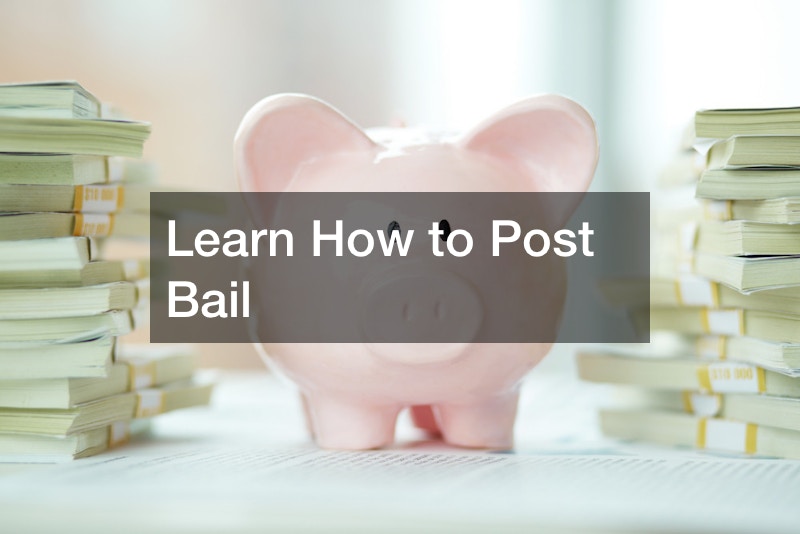
Posting bail can be a confusing and stressful experience, especially for those who are not familiar with the legal system. Here’s a breakdown of the processes you’ll experience when you post bail:
- Arrest: The first step in the process is an arrest. Once a person is arrested, they are taken into custody and brought to a police station or jail.
- Bail hearing: In most cases, a bail hearing will be scheduled within 24-48 hours of the arrest. During the hearing, a judge will set the amount of bail required for release.
- Payment: Once bail has been set, it can be paid in various ways. Cash bail is the most common method, but property bonds, surety bonds, and citation releases are also options.
- Release: Once bail has been paid, the defendant will be released from custody. However, they are still required to appear in court for all scheduled hearings and trial dates.
- Bail forfeiture: If the defendant fails to appear in court, the bail may be forfeited, and the person who posted it may be held responsible for the full amount.
- Bail recovery: If the defendant doesn’t appear in court and the bail is forfeited, a bail recovery agent may be hired to track down and apprehend the defendant.
When you post bail, the process can vary depending on the circumstances of the case. You must seek help from an experienced criminal defense attorney to navigate the bail process and ensure the best possible outcome.
.




